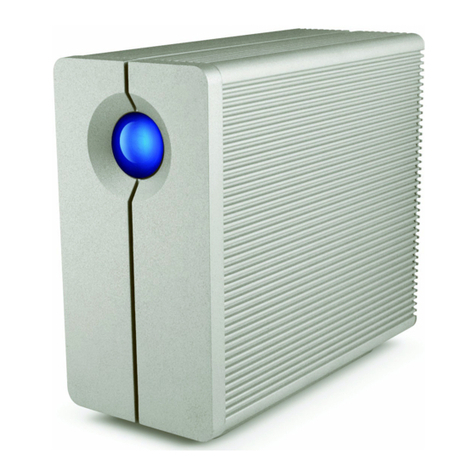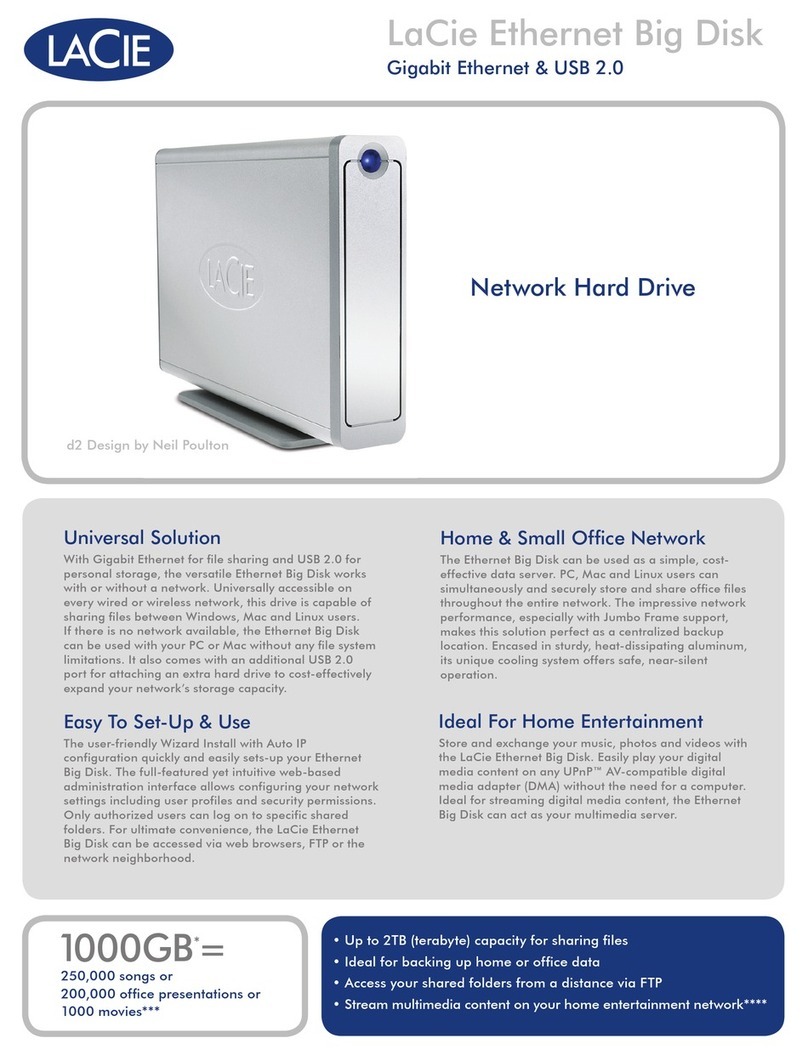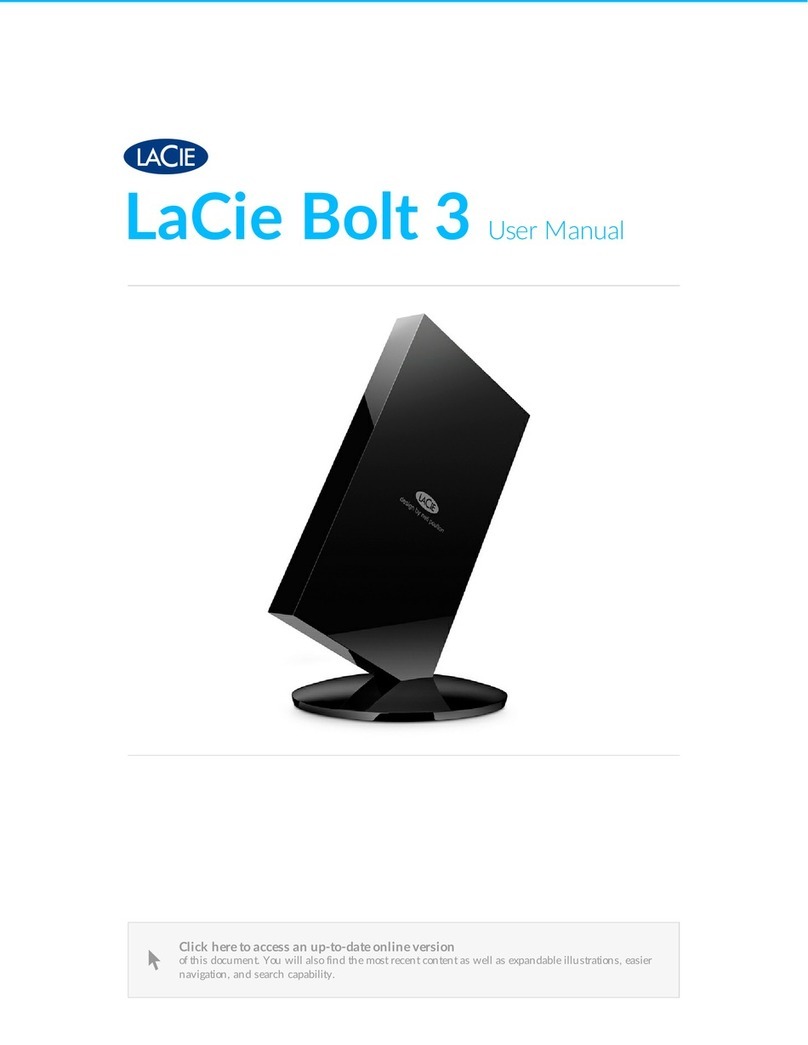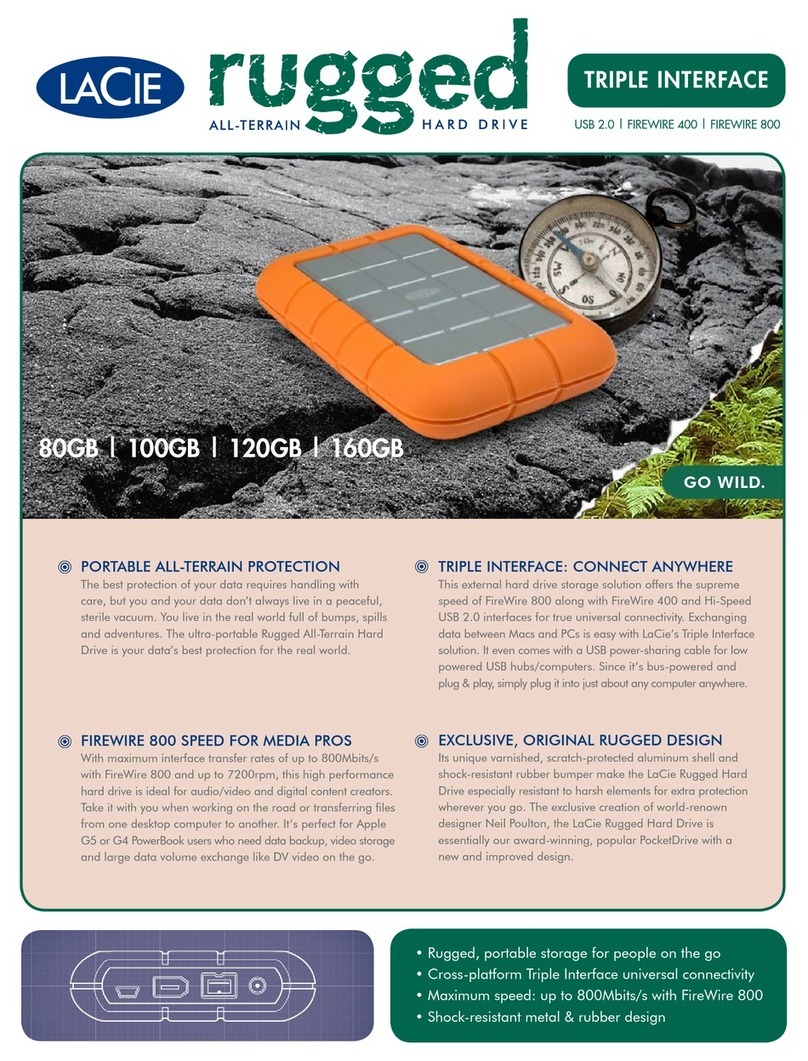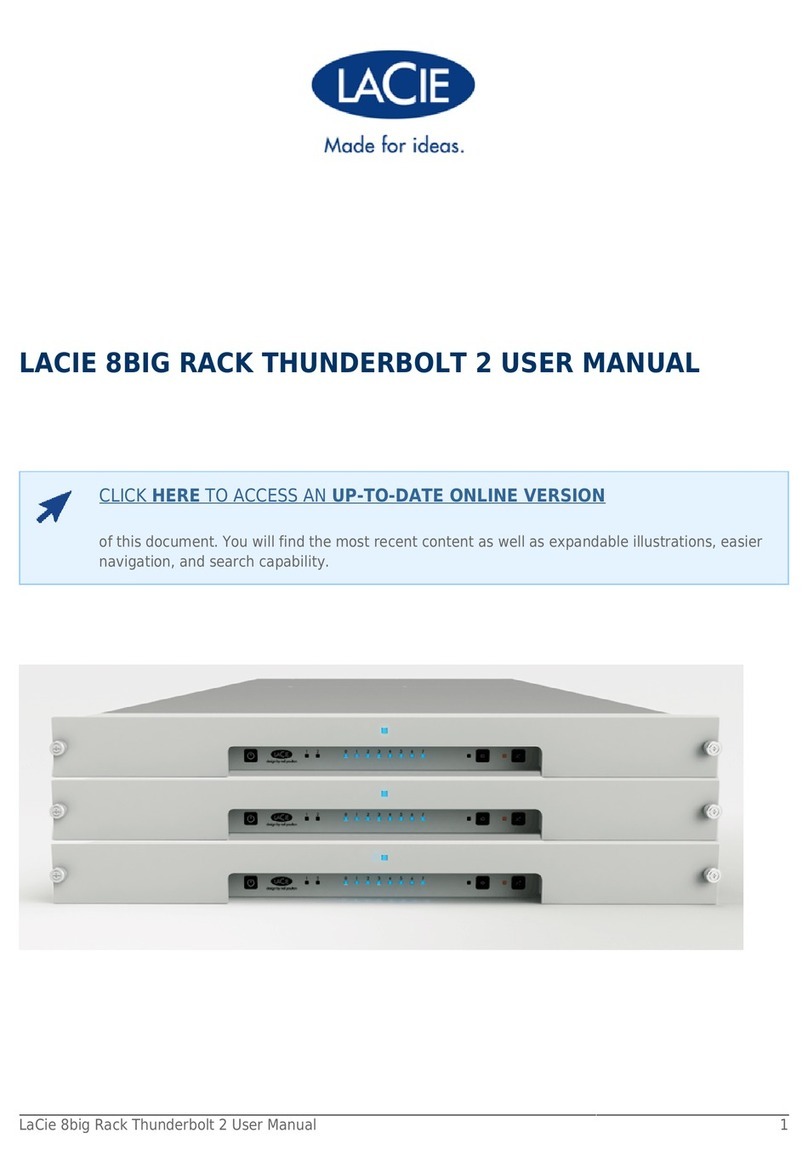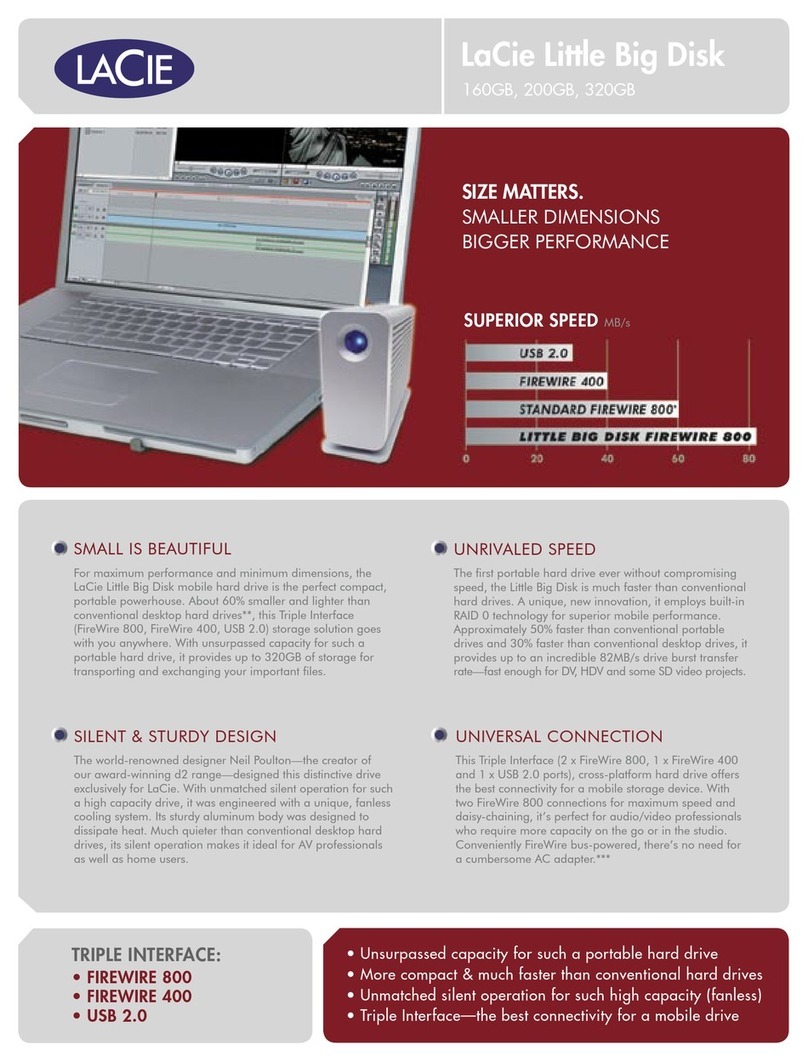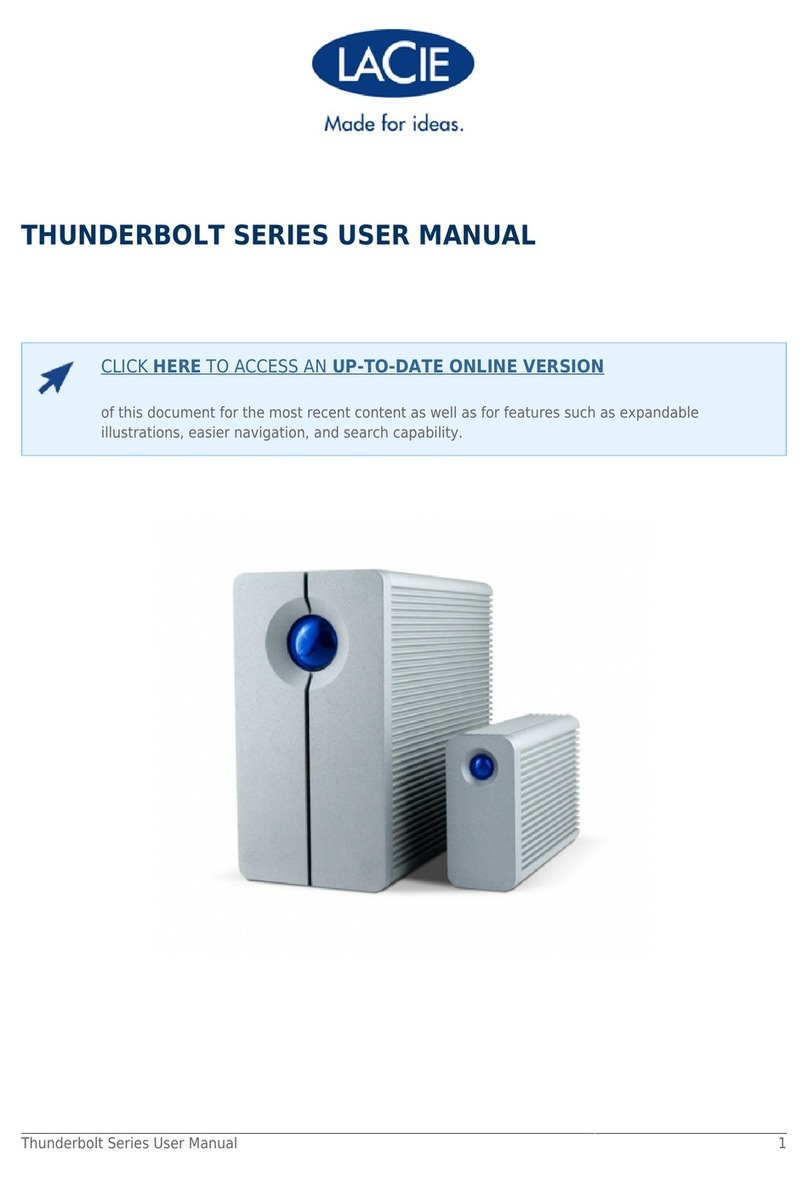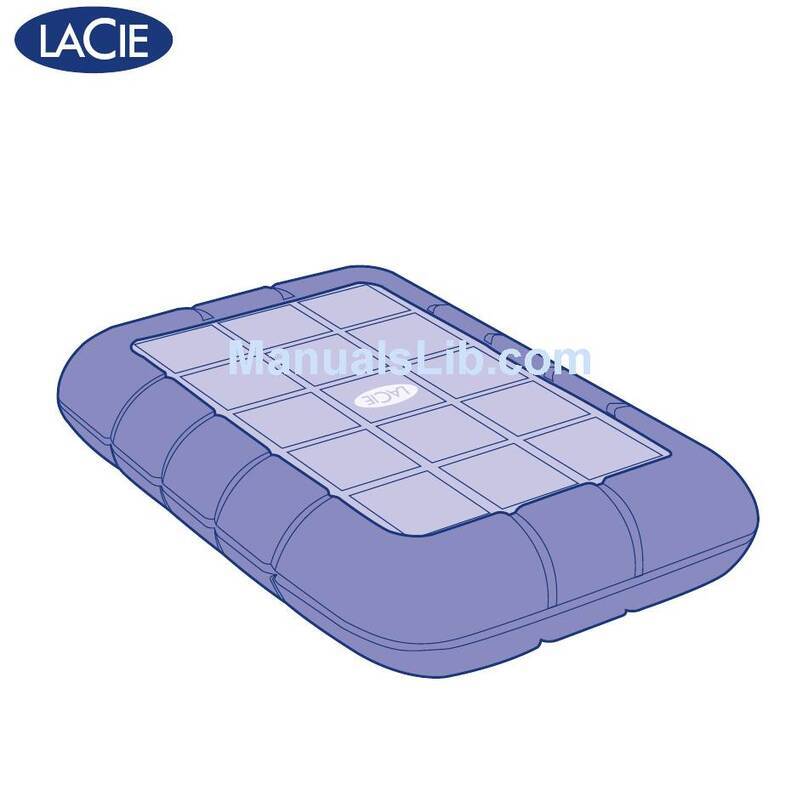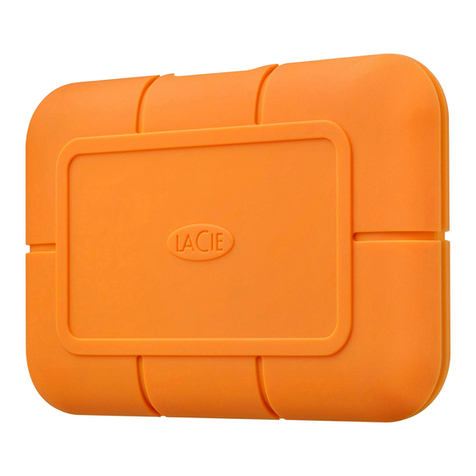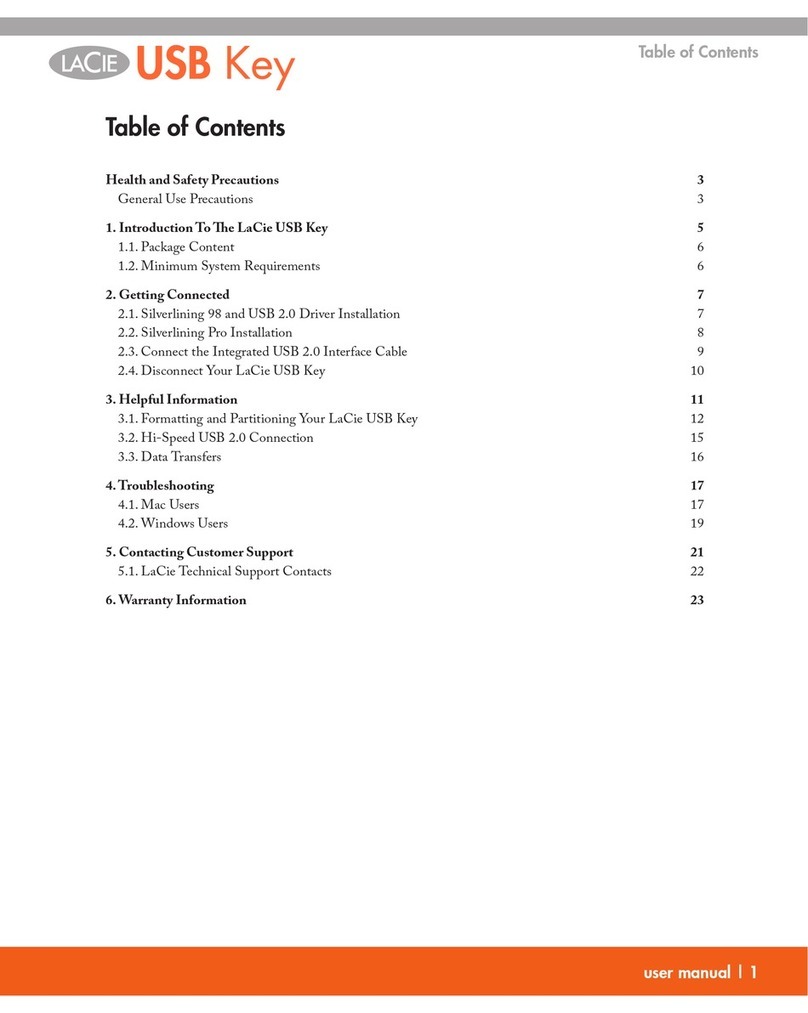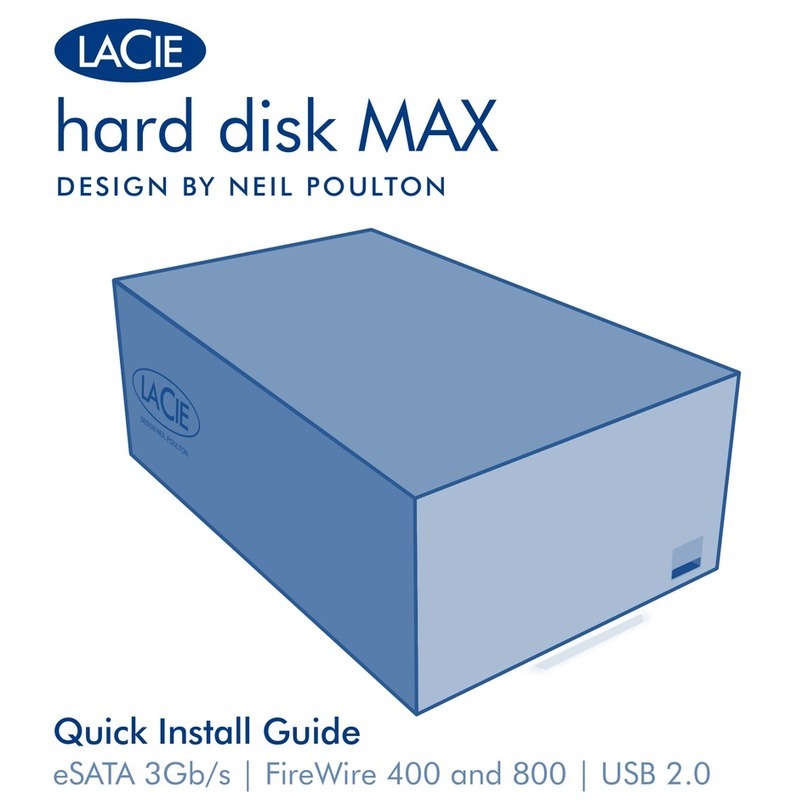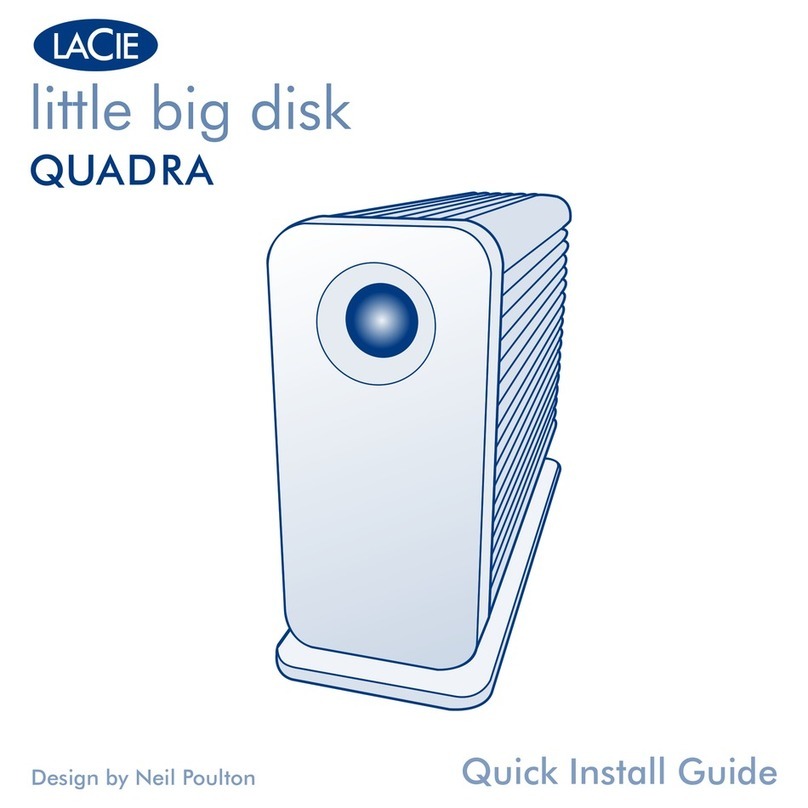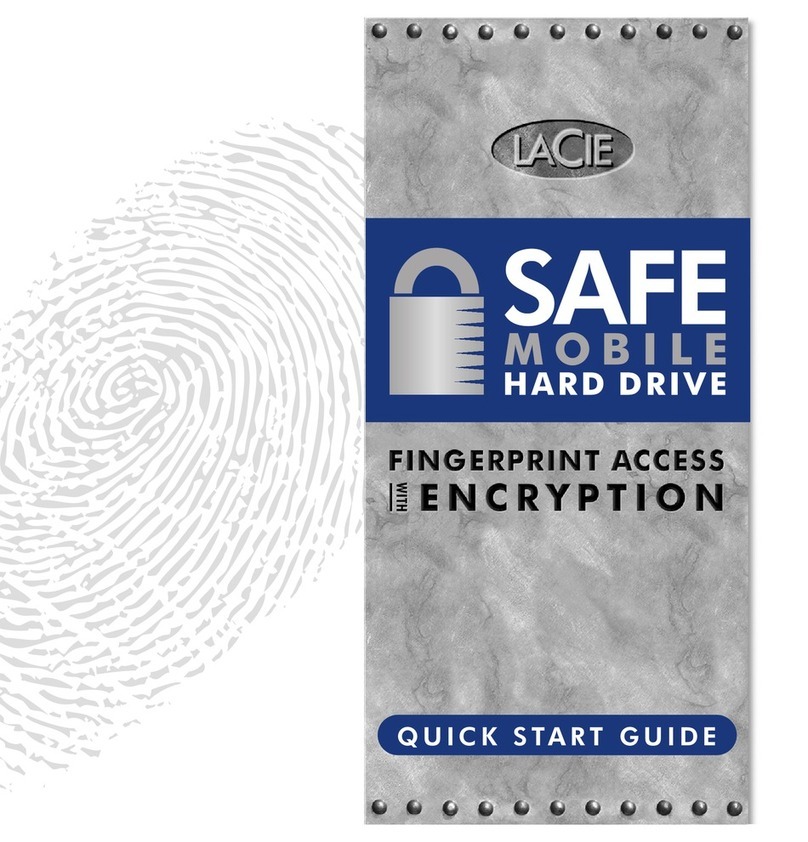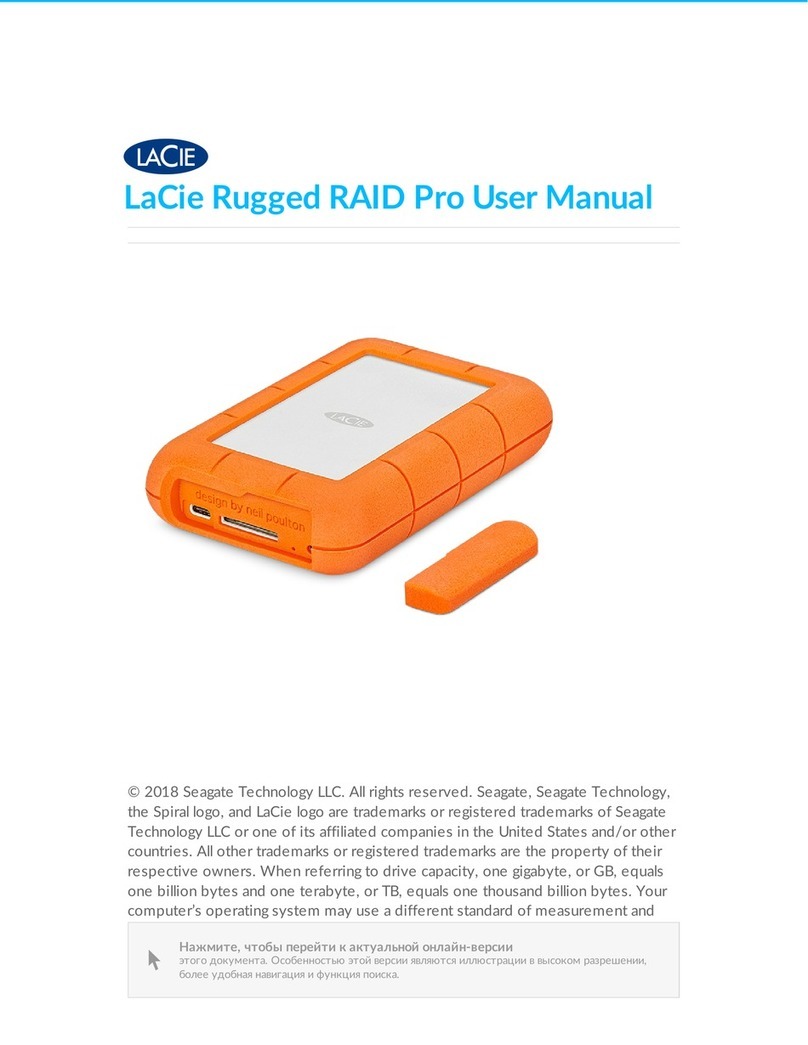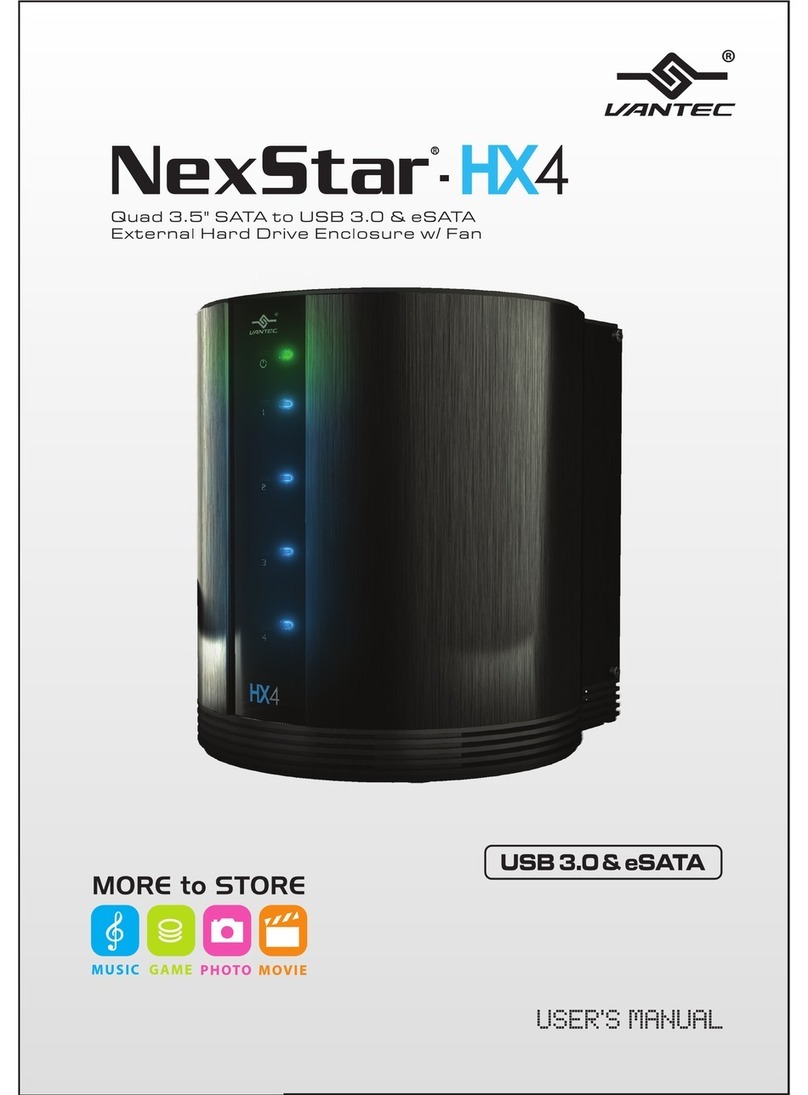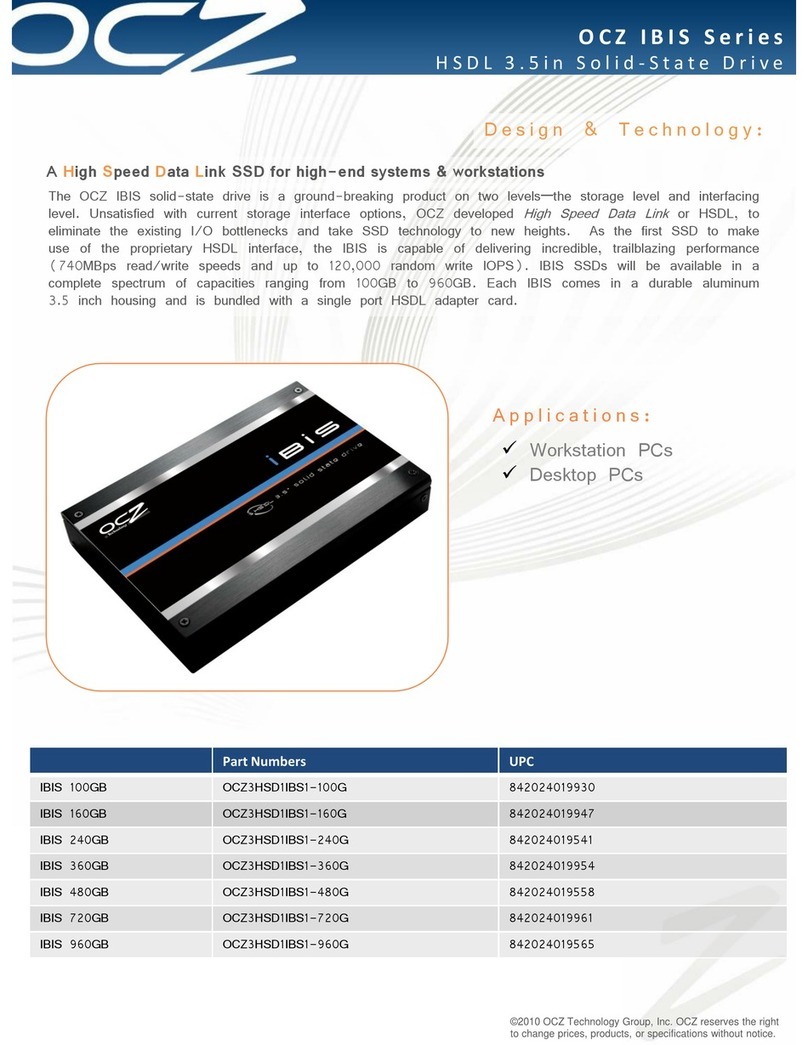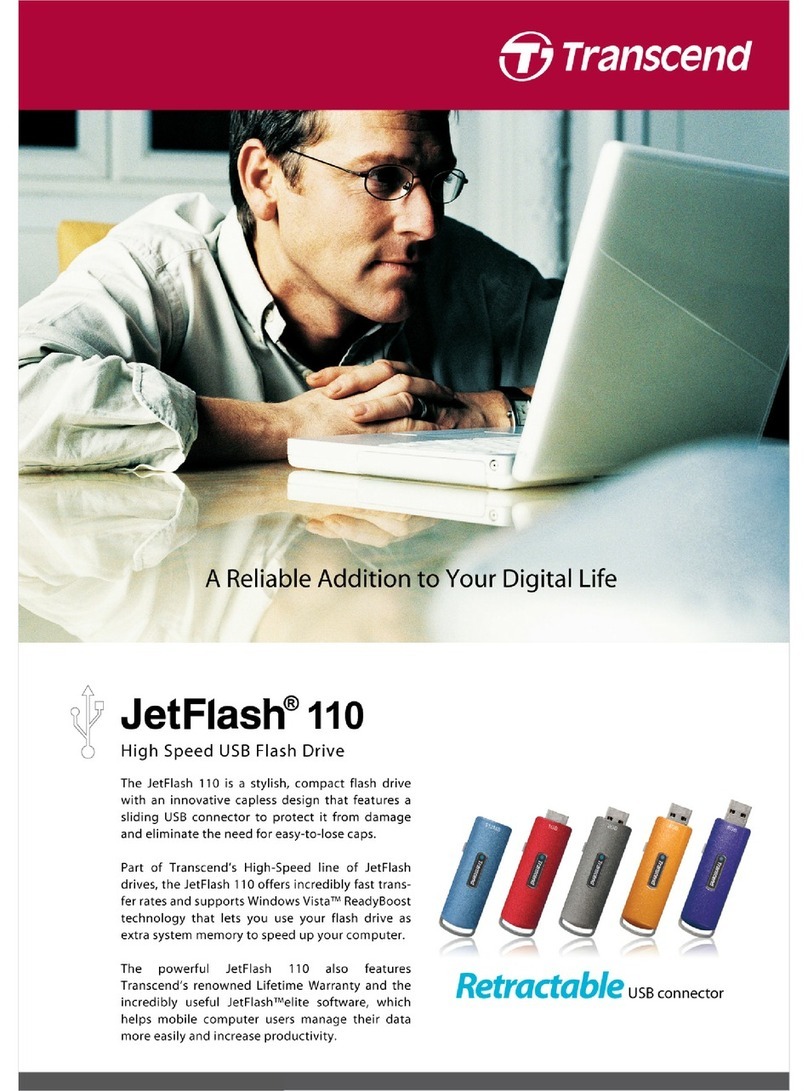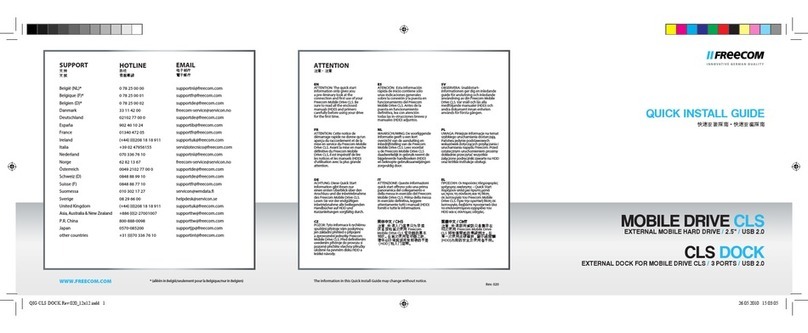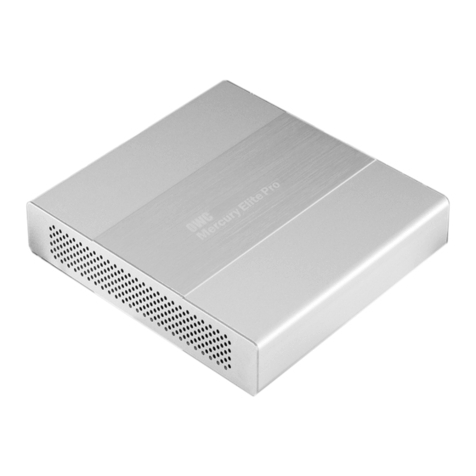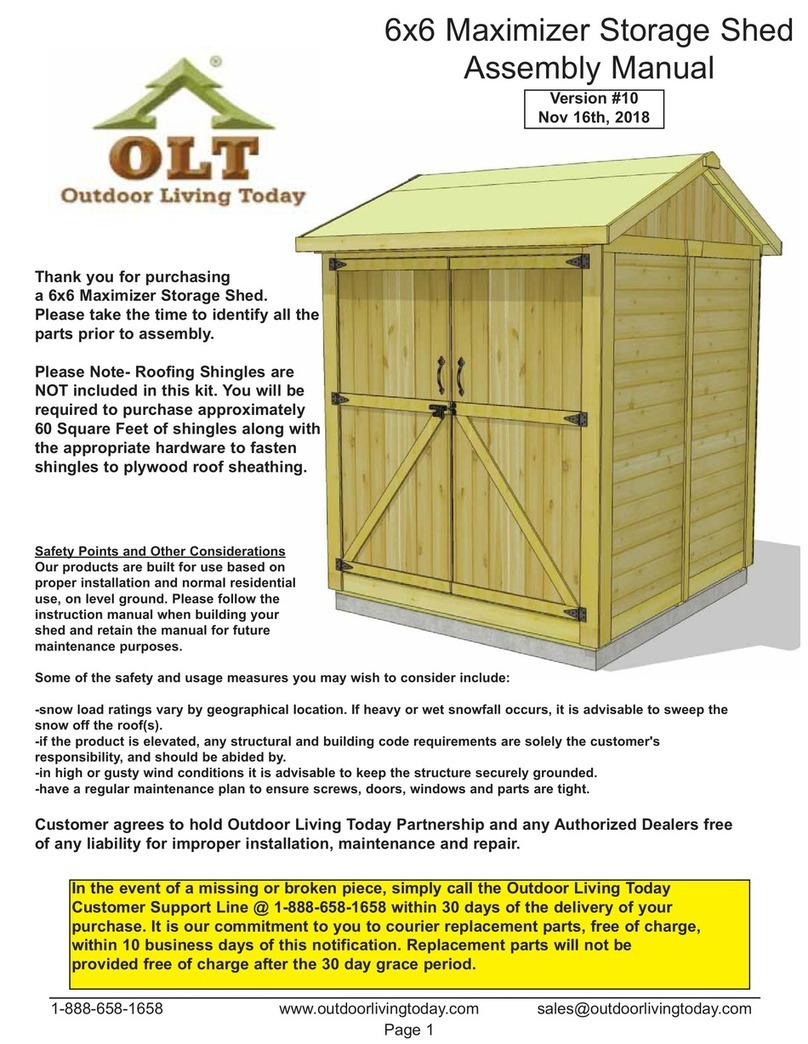
What is biometrics?
The term refers to the emerging fi eld of technology devoted to the
identifi cation of individuals using biological traits. Biometrics automated
methods of recognition measure individuals’ physical or behavioral
characteristics. Common physical biometrics include fi ngerprints, hand
or palm geometry, and retina, iris, or facial characteristics. Behavioral
characteristics include signature, voice (which also has a physical
component), keystroke pattern, and gait. Of this class of biometrics,
technologies for signature and voice are the most developed.
What is fi ngerprint recognition?
Fingerprint matching is by far the most successful biometric technology
because of its ease of use, non-intrusiveness and reliability. Fingerprints
consist of ridges and valleys formed in complex patterns that are unique
for every person and thereby provide an optimal verifi cation method.
Rather than scan each ridge, fi ngerprint-based biometrics looks for
minutia, which are the points on a fi ngerprint where a ridge ends or
splits into two. An algorithm extracts the most promising minutia points
from an image and then creates a template, usually between 250 to
At registration (enrollment) the minutia points are located and the
relative positions to each other and their directions are recorded. This
data forms the template—the information later used to authenticate a
person. At the matching stage, the incoming fi ngerprint image is pre-
processed and the minutia points are extracted. The minutia points are
compared with the registered template, trying to locate as many similar
points as possible within a certain boundary. The result of the matching
is usually the number of matching minutiae. A threshold is then applied,
determining how large this number needs to be for the fi ngerprint and
Fingerprint verifi cation is well adapted to access-controlled devices. In
fact, this biometric technology is easy-to use and quite well accepted
compared to other identifi cation technologies. Fingerprint verifi cation
also has a lower error incidence rate in comparison to other biometrics
What kind of biometric technology is used in the
SAFE drive?
The LaCie SAFE Mobile Hard Drive integrates active fi ngerprint-sensing
technology. Each sensor cell (pixel) contains an active capacitive
feedback circuit whose effective feedback capacitance is modulated by
the presence of live skin close to the surface of the sensor. For instance,
the sensor can’t match the fi ngerprint of a deceased person. In contrast
to optical sensors with panels, capacitive sensors—also called “solid
state”—are diffi cult to imitate. Solid state technology enables sensing
the skin capacity variation of a fi nger. For example, if you draw a line
using ink on your fi ngertip, the image in solid state won’t show the line.
Solid state technology is based on sensing the fi nger—not looking at it
the way optical detection does.
The silicon fi ngerprint sensor integrated into the LaCie SAFE drive
produces a full, clean image around all portions of the fi nger that
come in contact with the sensor. Optical solutions can produce edges
of the image that are not crisp because sensors only focus on a small
area. With our fi ngerprint sensor, the risk of non-matching between the
fi ngerprint and the stored biometric data are very low thanks to this
Integrating a swiping fi ngerprint sensor minimizes corruption risks. It is
extremely hard for end-users to copy a fi ngerprint because the fi nger
movement immediately eliminates any possible traces. Many low-cost
optical solutions can be compromised by a simple photocopy of a
fi ngerprint. Some low-cost optical solutions also have problems with
latent fi ngerprints being left on the sensor by grimy hands. By integrating
all fi ngerprint-matching technology into the hardware, the LaCie SAFE
Hard Drive is a fully self-contained drive that does not have to rely
on the host computer to perform fi ngerprint matching. This maintains
full portability for the user by eliminating the need to install any driver
software on the host computer prior to use.
What are the current applications of biometrics?
Biometric technologies are becoming the foundation of an extensive
array of highly secure identifi cation and personal verifi cation solutions.
With our fi ngerprint sensor, the risk of non-matching between the fi ngerprint and
the stored biometric data are very low thanks to this superior image quality.
Fingerprint-based biometrics looks for minutia, which are the points on a
fi ngerprint where a ridge ends or splits in two.
